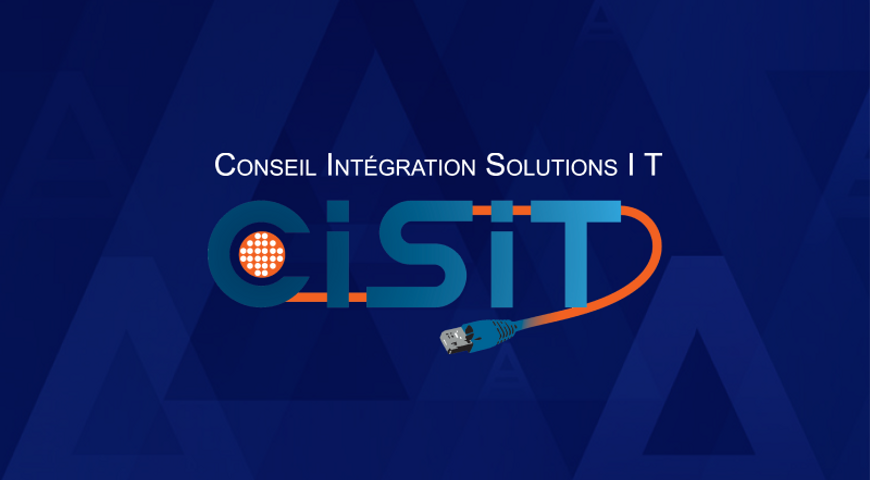Organizations create, manage, and rely upon data more today than ever before. This dependency makes round-the-clock data protection vital to ensure your business doesn’t miss a beat, no matter what — power outage, device theft, or human error.
For businesses and MSPs alike, this growth in data dependence is becoming so significant that to succeed in modern times, more than a thorough data protection plan, is needed. Today, it’s important to build a robust disaster recovery (DR) plan for your organization to fall back on in the event of a natural, or man-made, disaster. Yet developing a disaster recovery plan from scratch is an overwhelming process. To help streamline this process for your business or for your customers’, follow these four simple tips to ensure that you have a sound, foolproof plan ready to be implemented:
1. More risk demands more redundancy
Dedicate a portion of your DR plan development time to identify the most complex (and thereby most risk-prone) steps. There’s no such thing as a perfect plan and for these risky steps, it’s essential to have a Plan B – and a Plan C isn’t a bad idea either. We always advise businesses to follow the 3-2-1 rule of backup to ensure that even the most error-prone steps in your DR plans are protected in case of any process issues.
2. Choose simple and flexible backup solutions
When choosing a backup vendor, simplicity and flexibility should be at the top of your priority list. Even if a backup tool seems to guarantee perfect replication, it won’t be used if it’s too complex to work with. For example, file-based backup software may require you to reinstall your entire operating system and all your applications from scratch. A simpler, disk imaging solution will allow you to restore everything in a single pass so everything is exactly the way it was before the disaster. At the same time, look for a flexible option that will give you the ability to choose alternative routes when it comes to hardware or even a platform. Hardware changes rapidly nowadays, so it’s important that your data can adapt quickly.
3. Be critical of your plan
Disaster recovery plans act as an insurance policy against the things that you can’t anticipate. To meet such an important – and often ambiguous – goal, they need to account for a wide variety of things that can go wrong. Before finalizing your plan, be critical of how thorough it is and how dependable your system is. When in doubt, ask for constructive feedback from your team, your superiors, your vendors, your system integrator, or anyone else who might be able to help you spot problems before it is too late. The goal isn’t to develop a disaster recovery plan quickly, it’s to develop an effective disaster recovery plan that lasts.
4. Test, Test, and Test Again
Your disaster recovery plan won’t be smooth or dependable unless you put it to the test and ensure it has been effectively implemented. Otherwise your ability to recover is purely theoretical.
Test your plan on available hardware and on virtual machines for extra resilience. To make sure your plan is comprehensive, divide your team and challenge one to sabotage the other’s disaster recovery environment. Then let the other team attempt to recover their data and find out if your plan works. This way you can identify issues, resolve them, and further improve your disaster recovery plan.
About Acronis
A Swiss company founded in Singapore in 2003, Acronis has 15 offices worldwide and employees in 50+ countries. Acronis Cyber Protect Cloud is available in 26 languages in 150 countries and is used by over 21,000 service providers to protect over 750,000 businesses.



